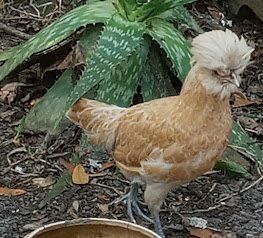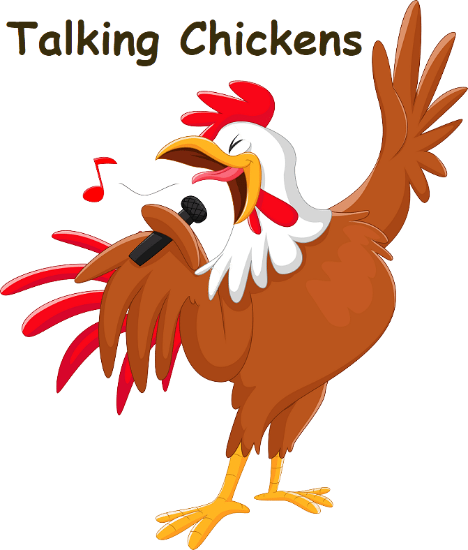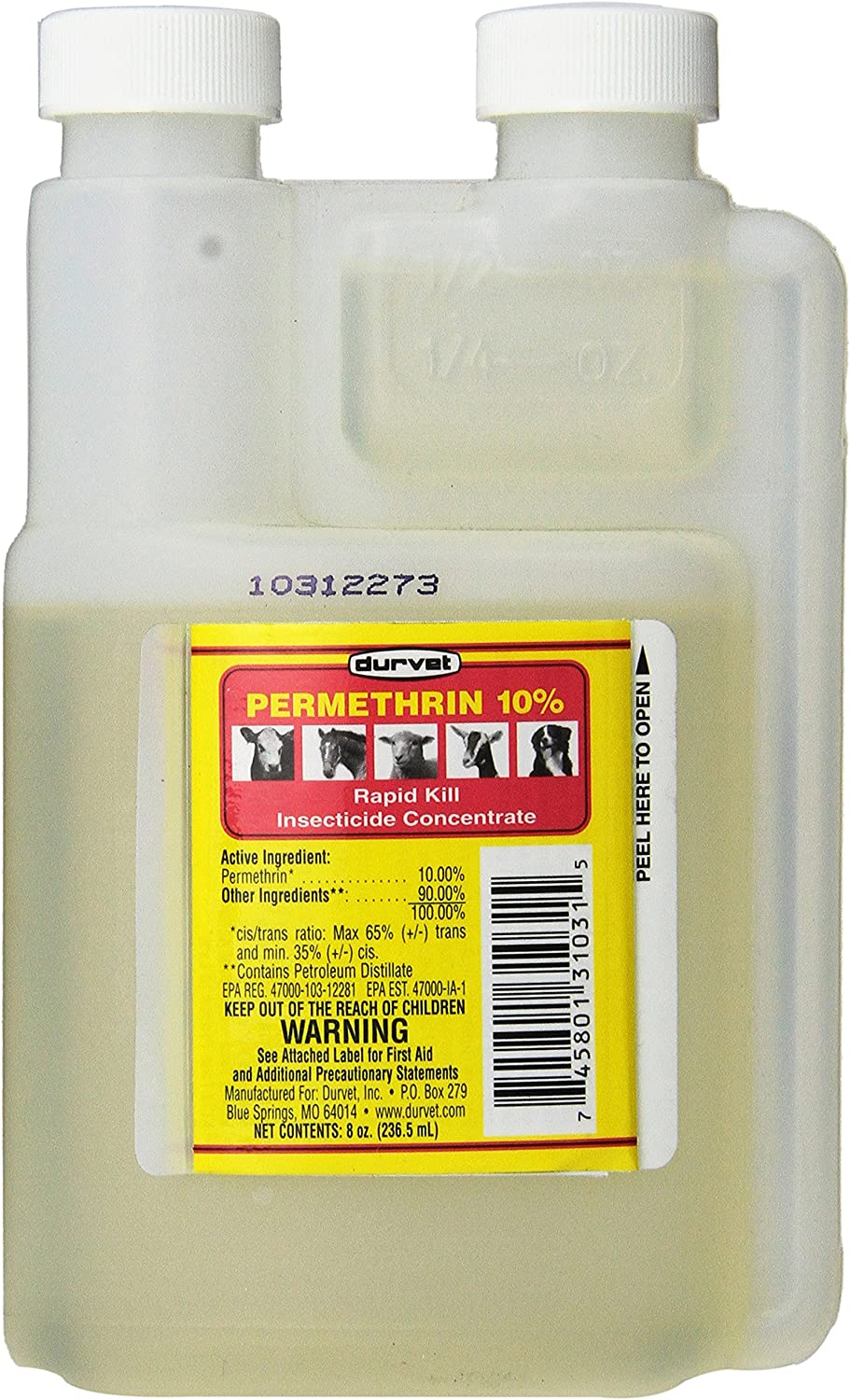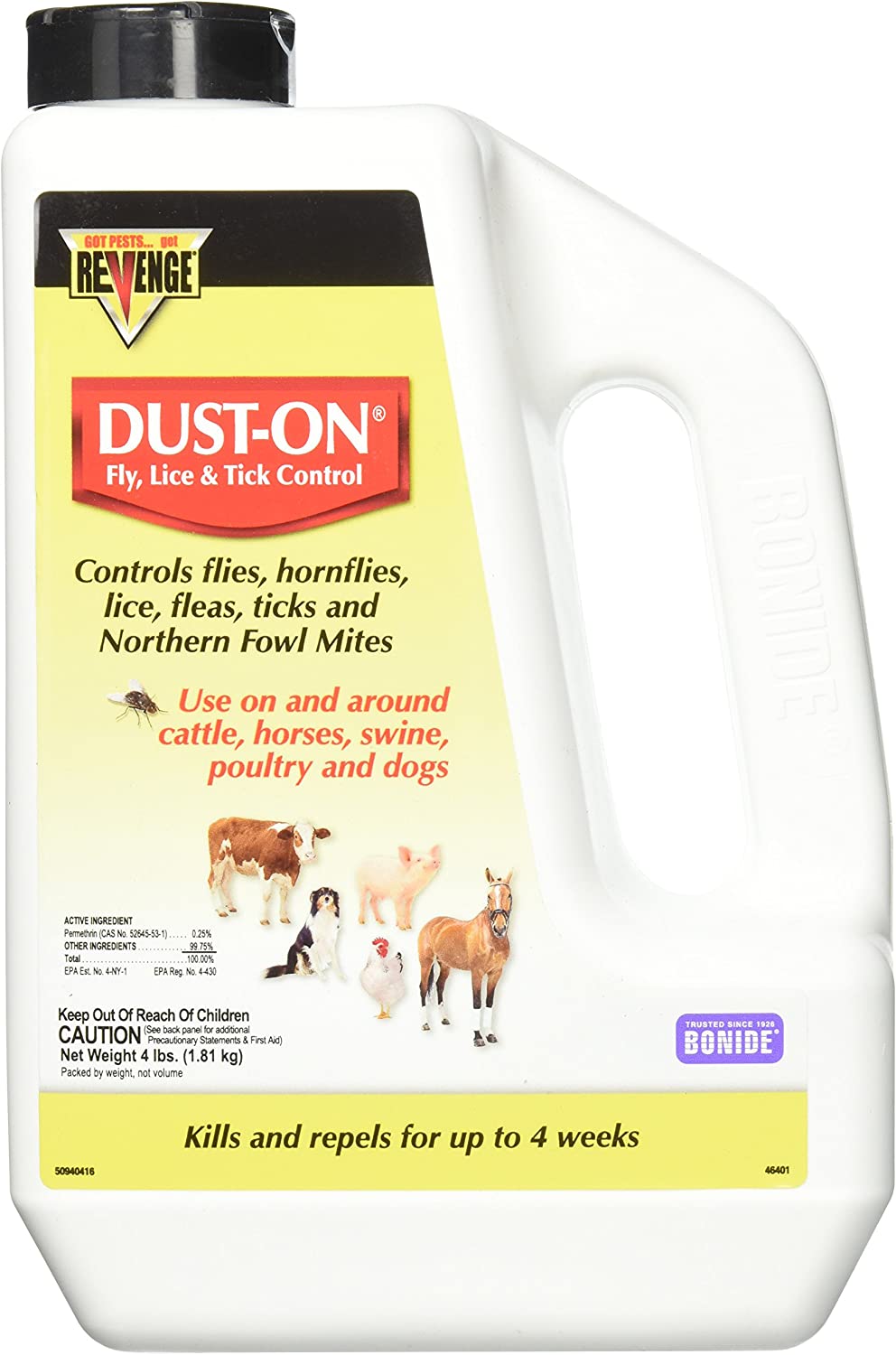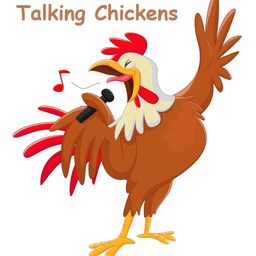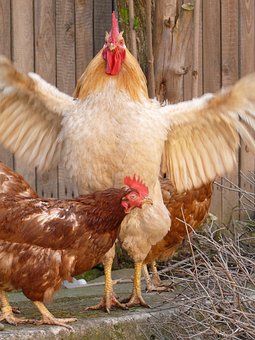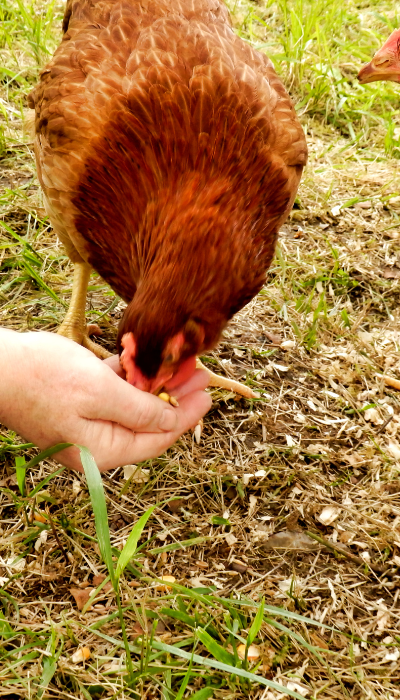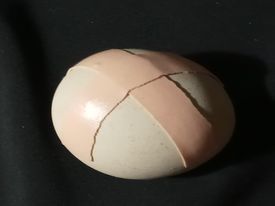If you have chickens you have some problems with them, some more than other keepers. Sometimes is bad luck, and some issues can be prevented with knowledge you will learn from information provided throughout the informational pages in TalkingChickens.
Today we discuss a very serious issue with lice and mites. Thank you to Amenda Barry for sharing her story here with us to help others.
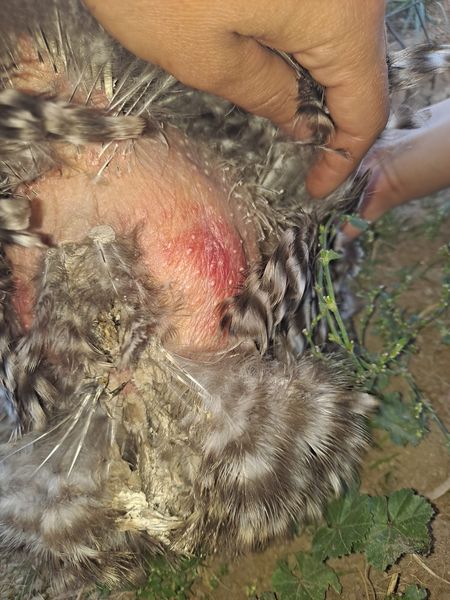
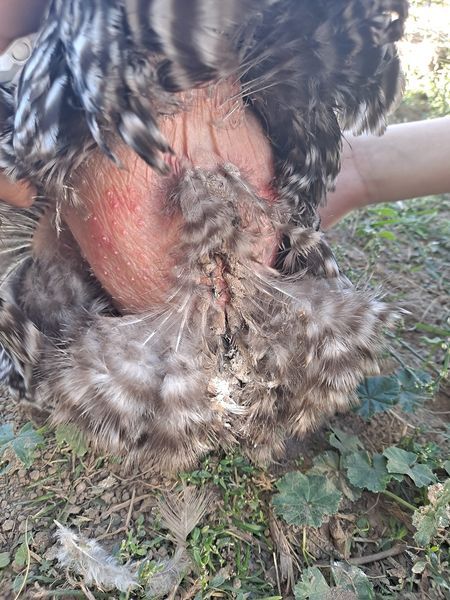
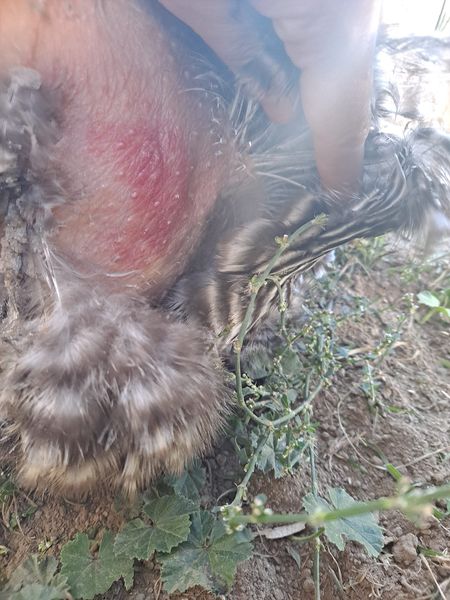
QUESTION FROM: AMENDA BARRY
I just noticed one of my hens is suddenly bald all around her sides under her wings? And the skin is very red and inflamed. Any ideas what is wrong and how to treat? Her butt looks messy too, will be cleaning that up!
ANSWER FROM: ANDREA SUTTON
Definitely lice. You can see the clusters on her feather shafts. Elector PSP is the best to use. Super effective and no egg withdrawal. It’s expensive, but it lasts a long time. I’ve just found you need to shake it up every once in a while to keep it from separating too much. Clean your coop out good, spray it all down, paying special attention to any cracks or places for bugs to hide (kills mites too that like to hide there), then spray all of your birds down (near their vents, under their wings, and on the the neck). I would repeat treatment in a couple weeks to be sure you got them all.
ANSWER FROM: THE CHICKEN CHICK
Some of the common signs of any type of mite or lice infestation in a chicken are: dirty-looking vent feathers, decreased activity or listlessness, a pale comb, changes in appetite, a drop in egg production, weight loss, feather-pulling, bald spots, redness or scabs on the skin, dull, ragged-looking feathers, crawling bugs around the vent.
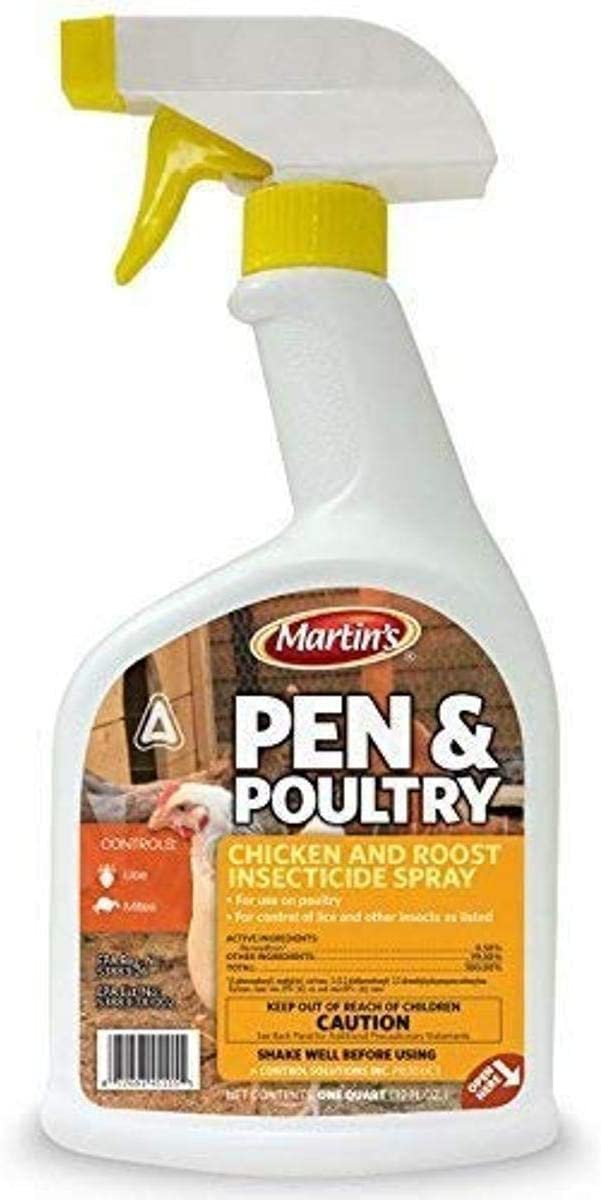
825686 s Pen Poultry Insecticide Spray 32oz Quart, White Bottle
MARTIN'S - $18.06
ANSWER FROM: DR. DAN CUNNINGHAM
Special Article in Poultry Times
ATHENS, Ga. — Ectoparasites (e.g. lice & mites) are often a problem for small flock producers. These insects are extremely small (about the size of a pin head) and difficult to detect unless one knows how and where to look for these pests.
Even though they are very small and not easily noticed, they can cause problems for caretakers as well as the birds themselves. Heavily infested flocks can suffer substantial economic losses as a result of reductions in egg production, reduced weight gains, lower hatchability, increased feed costs and increased mortality.
Poultry workers may experience the uncomfortable conditions of numerous bites and skin rashes. The following is useful information for controlling these parasites in small flocks:
Northern Fowl Mite (white, gray, black or red in color)
- Hosts include wild birds and rodents as well as poultry.
- Infestations can occur at any time of the year.
- Mites generally spend their entire life on or near the host.
- Life cycle can be complete in as little as 5 days.
Chicken Mites (white, gray, black or red in color)
- Hosts include wild birds (pigeons are a popular host) as well as poultry.
- Hide off hosts during the day in nest boxes, cracks and crevices. Feed on hosts at night.
- Life cycle can be complete in as little as seven days.
- Workers may experience bites, itching or rashes.
Chicken Body Louse (yellowish color, flat body)
- Spends it entire life on the chicken. No other hosts.
- Chewing lice that feed on skin and feathers.
- Life cycle is complete in 18 to 21 days.
- Generally found around the vent area.
Management
It is not difficult to monitor birds in a small flock on a regular basis. Birds and nests should be checked at least monthly for signs of lice or mites. More frequent monitoring may be needed if the problem is severe.
- Check birds at the base of the feathers and around the vent area for adult lice and mites or for evidence of eggs. Eggs may appear as dirty gray areas at the base of the feathers, particularly around the vent.
- Look for evidence of lesions or skin irritation anywhere on the body of the bird.
- Examine nest boxes for evidence of mites. Mites may be seen as rapidly moving specks on the nesting material or the hands. A flash light may be helpful in looking for these pests.
- Be alert for unexplained rashes, itching or other skin disorders on workers.
Treatment
The most common treatment for poultry lice and mites for small flock owners is the use of a dust powder or spray solution. Permethrin and tetrachlorvinphos are insecticides commonly used for treating poultry with ectoparasites. These insecticides can be found in dust or spray applications in most farm animal supply stores and can be applied directly to the birds or to treat nests. Permethrin strips that can be hung in the pens are also available for lice and mite control. Regardless of which insecticide is used, it is important to follow label instructions.
- Bird Application — To ensure proper treatment, it is important that all birds be treated. The insecticide must be applied so that it penetrates to the skin. Thorough application of the insecticide to the base of the feathers of all birds will be required. In addition, a follow up application will be necessary to kill newly hatched larvae. Eggs of ectoparsites are unaffected by these insecticides.
- Application to Premises — When applying insecticides for ectoparasites, the material should be applied to areas where these pests hide. Thus, nest boxes, side and end walls, cages and other stationary equipment should be treated. As with direct application to the birds, a second application to kill parasites that may have hatched following treatment will be necessary.
Individuals should always follow label instruction on interval usage and application rates for pesticides. All pesticides are most effective when applied to clean facilities.
Controlling ectoparasites in poultry flocks will result in healthier and more economically productive birds for the pleasure and benefit of your family.
Dr. Dan Cunningham is a retired professor of poultry science with the University of Georgia's Department of Poultry Science in Athens, Ga.
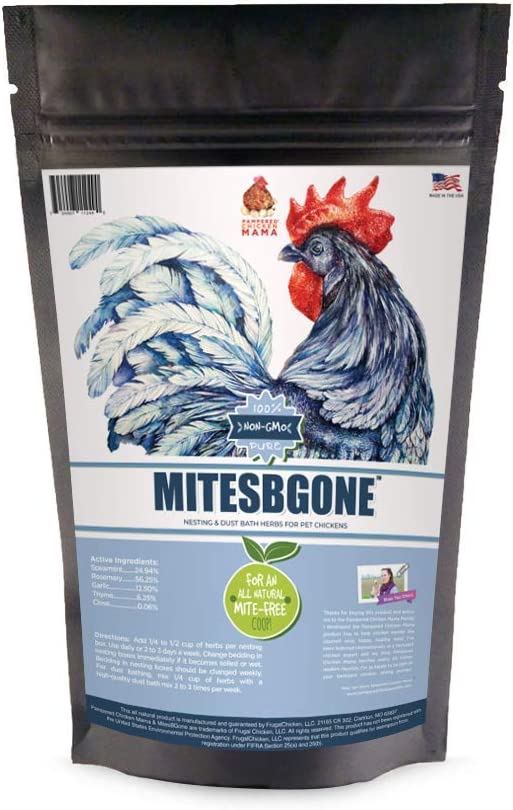
MitesBGone Backyard Chicken Nesting Herbs 10 oz - Get Rid of Chicken Mites and Lice Naturally
Pampered Chicken Mama - $23.99
FAQ
Can I get lice from my chickens?
The seemingly sudden appearance of these parasites often has chicken owners worried that as they treat their flock, they may become infested by chicken lice themselves. Fortunately, there is no risk of humans or pets becoming infested by chicken lice.
How can your chickens catch lice and mites?
Answer by TalkingHen: When keeping chickens, the main way that your feed will collect mites and lice will be from wild birds such as pigeons, mynas and sparrows etc. Wild birds are great carriers of both external and internal parasites. Wild birds are normally attracted to an easy meal provided by your chicken’s feed and it’s a simple hop for them to transfer onto your birds or your coop.
Mites and lice can also be introduced onto your existing chickens when you purchase new chickens to keep. Depending on where you buy your chickens, you can find heavy lice or mite loadings on the birds. Some chicken re-sellers have strict parasite control processes in place but others won’t have anything.
Rodents such as rats and mice can also introduce mites, lice and fleas to your flock. Rodents come into contact with a wide range of dead and living animals and then transfer parasites to chicken coops and chickens when, like wild birds, they begin stealing your chicken feed.
How can you detect lice and mites?
Answer by TalkingHen: There are a number of different ways that you can detect the presence of lice and mites. Some involve checking your chicken’s living environment and others involve physically checking each bird.
Do I need to inspect the coop at night?
Answer by TalkingHen: Inspection of your chicken coop when keeping chickens may reveal an excessive number of feathers in the nesting box(s), or area. The coop and run area may also have a higher than normal number of feathers blowing around. If your chickens have a lice or mite infestation you may find quite a few hard and soft feathers in their nest which is not at all normal.
To confirm whether or not you have mites, you will need to check your coop at night with a torch. Mites tend to be nocturnal and live in the corners, crevices and cracks of your chicken coop rather than on the bird. It is only at night time that they become active and start seeking out chickens to feed on their blood.
We sincerely hope that this will solve your acute lice and mite problems and prevent it from future outbreaks. Any products purchased on Amazon our affiliates will provide us with a small commission to keep this site going and supports our Mission. Thank you very much for your visit and if you have any other needs please subscribe and receive more answers and future updates.
Have a fantastic chicken day! Blessings my friends,
Liane
Please click below for any other chicken needs
